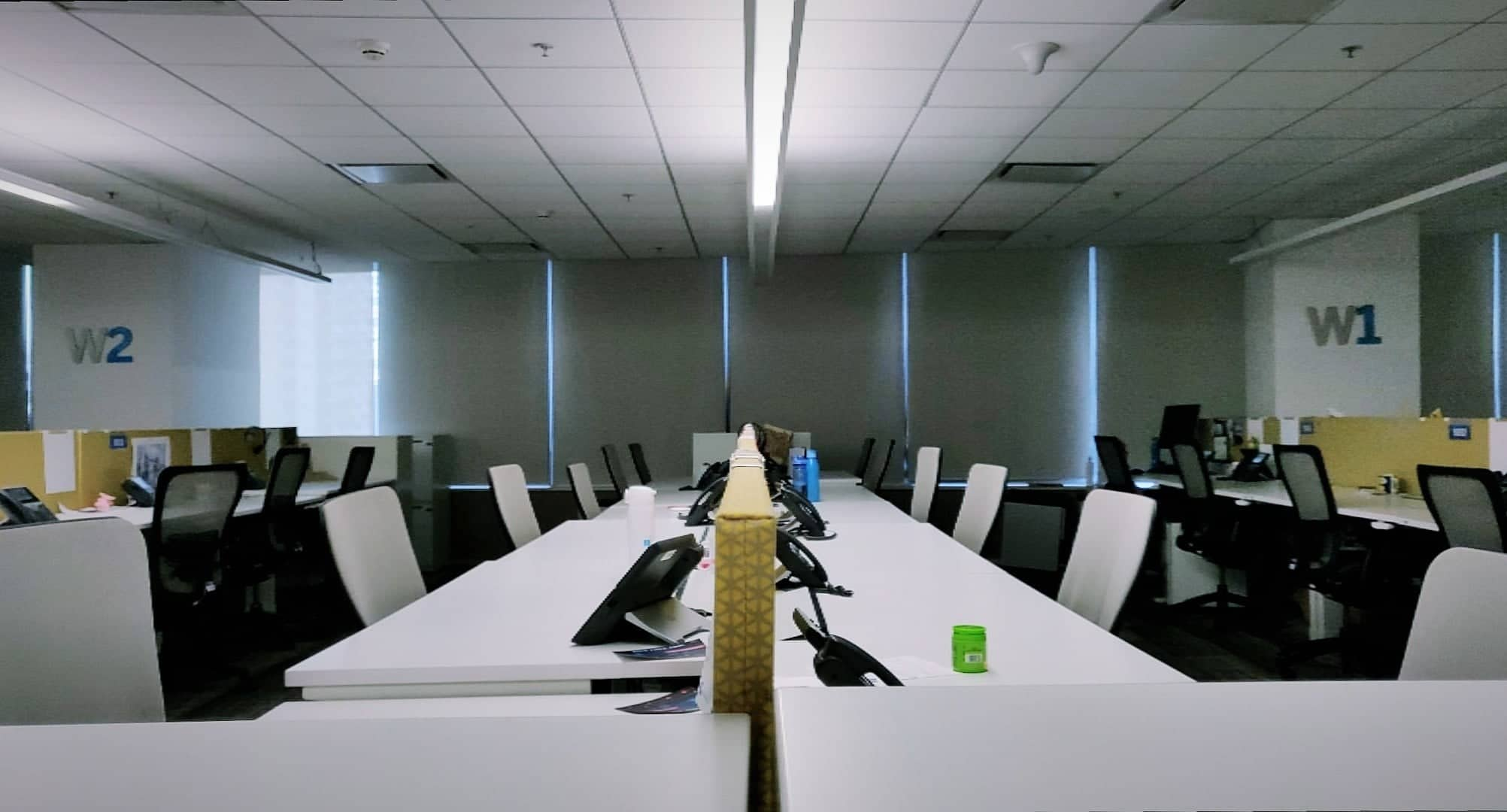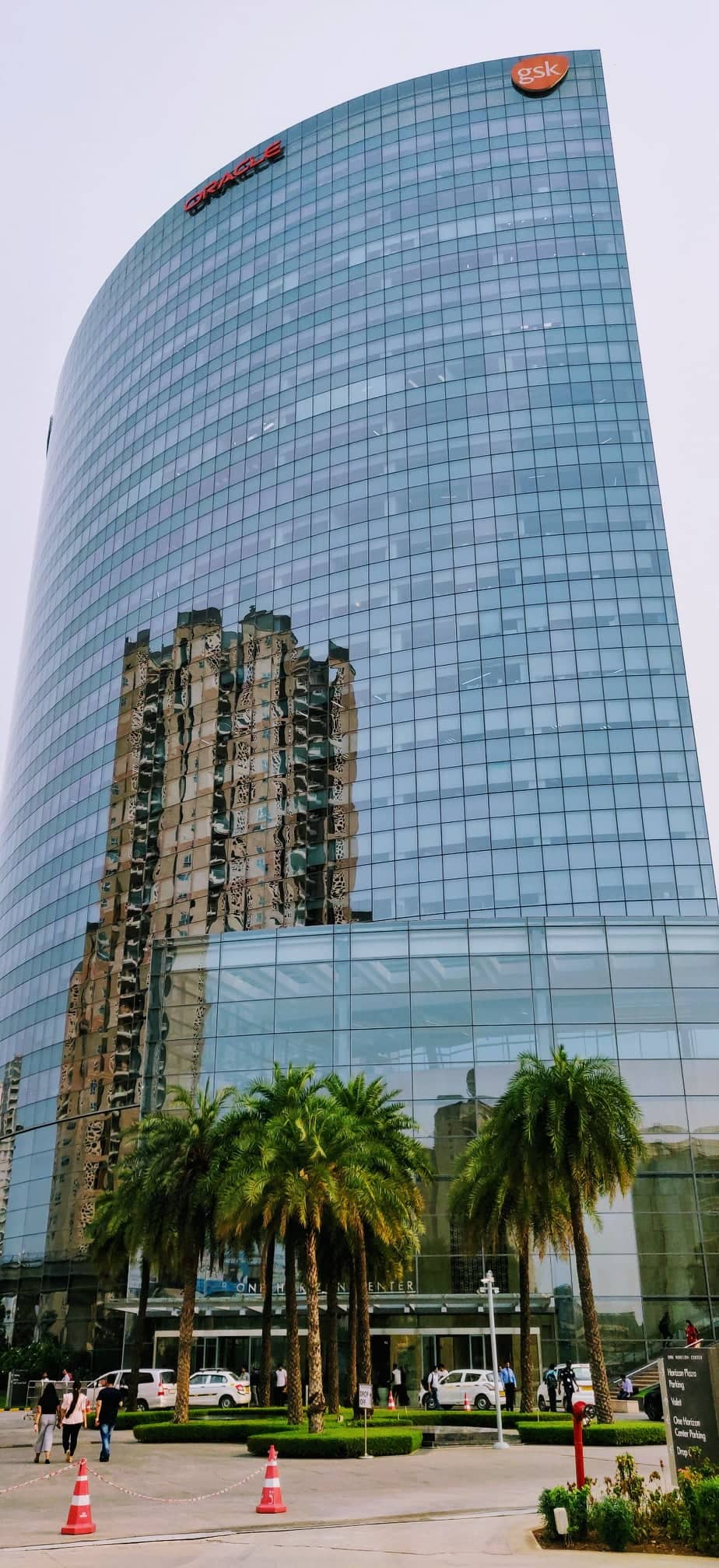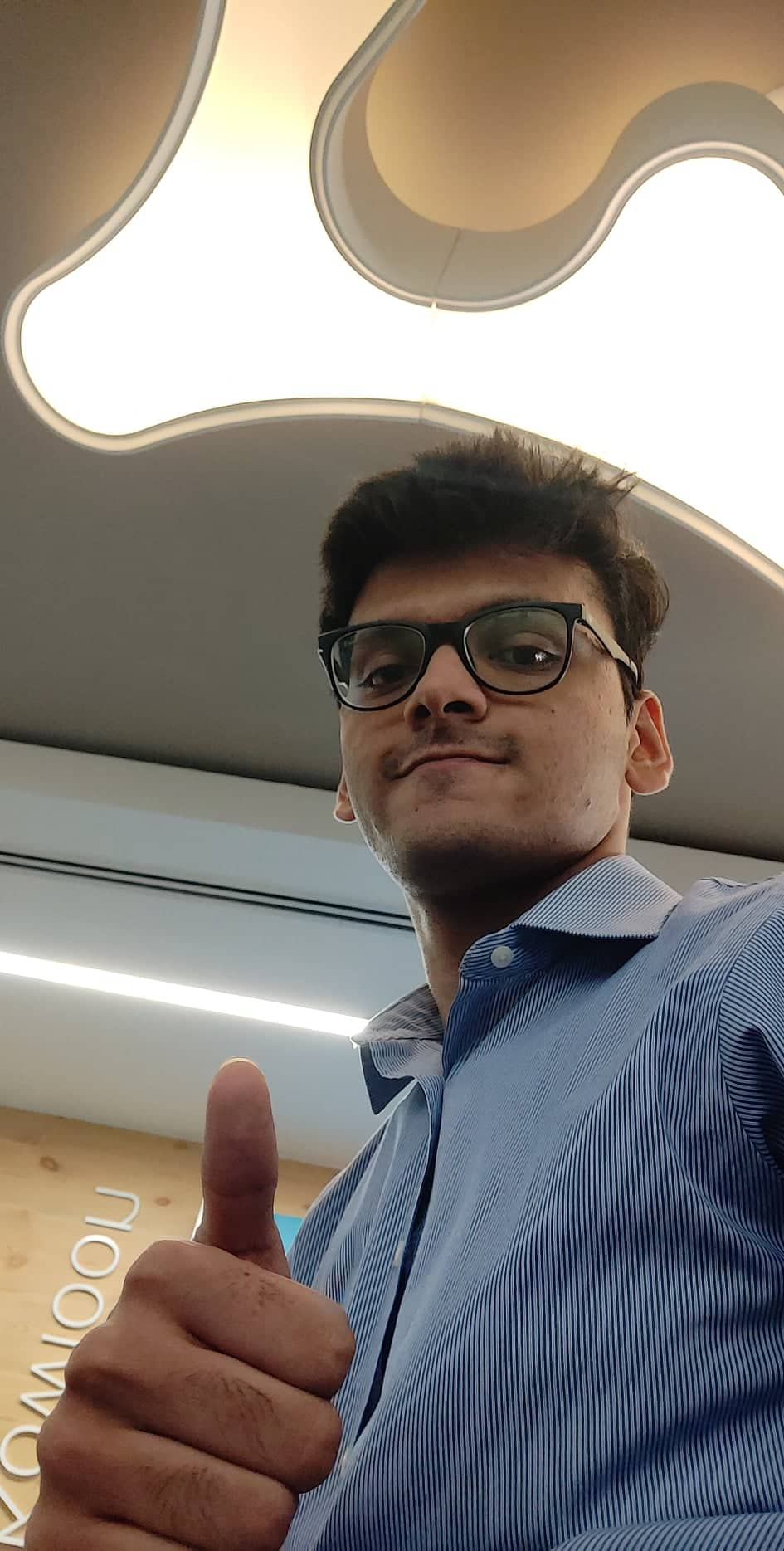

Body of IITR

During my first 2 years, I had worked on various webD projects as a member of SDSLabs. I also got to explore software development as a GSoC intern right after my 2nd year. So when American Express arrived looking for ‘Software Engineer’, I decided to sit for the test. AmEx was one of the earliest companies that came to offer summer internships to pre-final year students.
Students from all the branches are eligible to sit for the test. A part of the reason I ended up choosing AmEx was my branch (Chemical). Although I am not aware of the exact cut-off, a CGPA > 7.5 should be fine.
Online Round:
This round comprised of 20 MCQ questions which were to be solved in 35 minutes. You don’t really need to prepare for it as the questions were doable and tested basic Mathematical Aptitude, Data Interpretation and Non-Verbal Reasoning. Just ensure that you don’t commit silly mistakes in this particular section as there is a strict cut-off. Around 15 people were shortlisted for the next round.
Technical Round:
It began with me giving a brief description of myself (which was the most uncomfortable, if not the toughest, part of the process). Thereafter, the discussion revolved around the projects I had done. I was asked to explain the logical aspect and the architecture of a couple of them. I was also asked about the improvements that can be made to them at a superficial level.
It was followed by questions pertaining to Probability and Statistics. The round concluded with a prolonged discussion on the practical application of Statistics to real-world problems.
The idea behind this round is to analyze your ability to understand a problem and then propose a way to solve it. In my case, the problems were loosely based on web/software development projects I had done. So it is important to be thorough with the projects you list down on your resume.
Technical Round + HR:
The interview began with me listing down my strengths/weaknesses (second most uncomfortable part). I was given a couple of puzzles to solve which was followed by a guesstimate question. The interviewer encouraged me to come up with different approaches to the problem. The latter part comprised of more HR-esque questions (interests and goals). The round, somehow, concluded on a philosophical discussion.
Tip 1 : Be prepared for a “Why should we hire you” question.
Tip 2 : Try to ask a follow up question at the end of the interview. If you don’t have one, conjure one up during the interview, as I did.
Given the nature of my interviews, I was expecting my role to be software/development oriented. However, I was assigned the role of a Data Analyst, which was quite surprising.

Most of the AmEx interns, including me, were allocated the Gurgaon office while the others got the Bangalore one. The Gurgaon office seats over 6000 employees distributed across the 3 major divisions - Enterprise and Digital Analytics (EDA), Credit and Fraud Risk (CFR) and Technology. I was a part of the Membership Rewards team from EDA with my profile being that of a Data Analyst.
My building was part of the One Horizon Center which gives you all the corporate vibes you would want from your office. AmEx has an open workspace culture. So all the employees, be it a senior manager or a director or just an intern, share the same space. This is one of the things I liked the most as in addition to watching and learning from your senior leaders, you can seek help with ease. The office timings are pretty flexible but I’d still recommend aligning your work hours with your team/project members (to make the most of the internship).
Note: The workspaces on the lower floors have been laid out quite creatively. Also from the higher floors you get an amazing view of the skyscrapers around and the nearby golf course. So, try to take a trip around the office as soon as possible. I found a massaging chair on our last day.
The responsibility of delivering a project is given to smaller groups of 2-3 members and each person works on multiple projects. Most of us received our individual project’s description a week before the joining date. Once we were there, all the interns were assigned a mentor to assist during the project.
So my team, i.e. Membership Rewards, worked around the Reward Points a customer receives on using the Amrican Express credit card for various transactions.
My project was to analyze and answer-
Different models were devised to form sort of a journey for each customer and identify the problem areas. They were identified in terms of the information available on the website and also its UX. Most of the work was done in HQL (fancy SQL) and SAS. The models I leveraged were written in Python. So it would be good for you to have a basic understanding of SQL and Python as they were also being used by most of the other teams as well. The most encouraging aspect about working there was that I was trusted with a project which was to be presented to other business partners. In turn, it would be fair to say that interns there are treated like regular employees. However, you are also expected to deliver in an equal measure.
The best thing about AmEx has to be the people there. On the first day itself we got to interact with the senior leaders of the company, who were really welcoming. The Director and the VP of my team got really involved in the work I was doing and we used to have regular brain-storming sessions. Also, the team members really looked out for each other and were quite helpful. I had a great time discussing everything and anything over lunch with my team. The HR people also made some efforts to arrange sessions with top executives from India and the US offices.
 I had been involved in development before but AmEx gave me an opportunity to explore the field of Data Analytics. The internship was an amazing learning experience not just in terms of the flavour of the corporate world that I got, but also in terms of the insightful discussions I had with some really smart people. During one of the meetings, my VP said “You can teach a person to code for the project, but you cannot teach them to care about the project”. That basically sums up the values that powers this company.
I had been involved in development before but AmEx gave me an opportunity to explore the field of Data Analytics. The internship was an amazing learning experience not just in terms of the flavour of the corporate world that I got, but also in terms of the insightful discussions I had with some really smart people. During one of the meetings, my VP said “You can teach a person to code for the project, but you cannot teach them to care about the project”. That basically sums up the values that powers this company.
Even after a lot of deliberation, I still haven’t made up mind as to what I’ll be doing after these 4 years.
I am glad I was able to contribute by bringing a fresh perspective to the table. The most important thing that I have learnt is that at the end of the day, the value and quality you attach to your work defines you. So whatever you do, give it your best shot.
Some final tips: